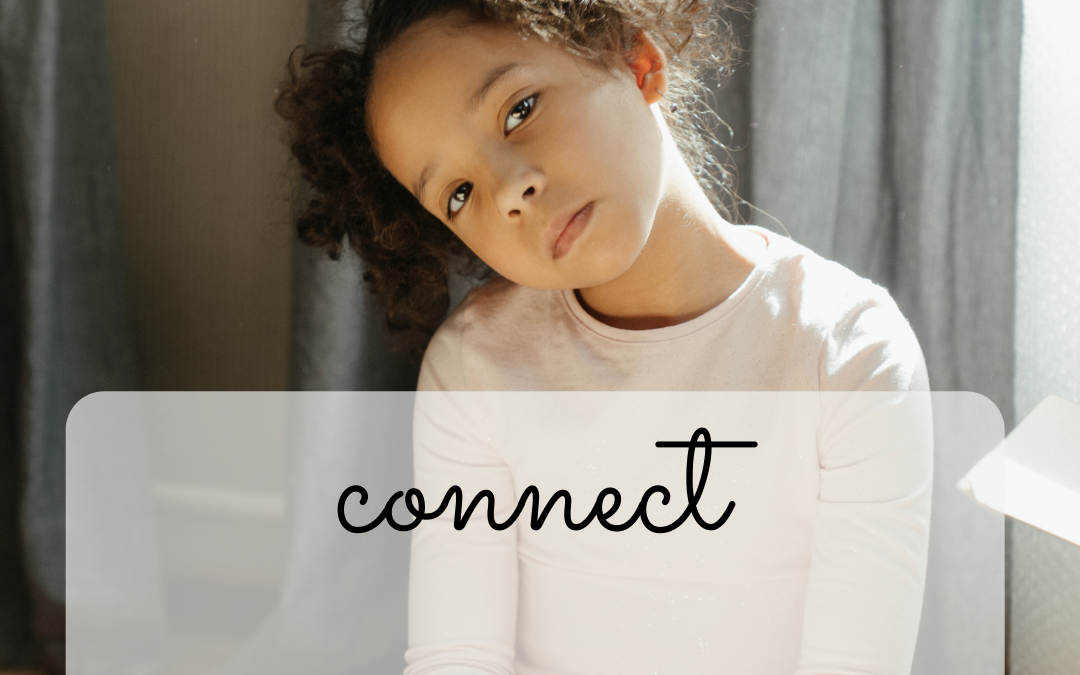The Space We Make
Being a parent of a child in chronic emotional distress can make you feel as if you have a phantom limb. One you can feel pain and discomfort in but have no power of relieving or protecting. This pain often rightly motivates us to seek support outside of home. The therapist and the playroom offer a healing salve for parents and children alike. But, of course, their reach is only so far.
The playroom is an intentional space. The location, materials, and orientation are all designed with the child in mind. Choices made by the therapist reflect the principles of play therapy established by Garry Landreth. Your child’s experience in the playroom and the support given to you is the culmination of years of training and study on the part of your therapist. They chose to undergo the herculean task of understanding the child, their development and their emotional language.
It is rarely possible for parents to recreate the therapeutic environment of the playroom in their home. And most people do not have years to dedicate to the study of play therapy and child development. Fortunately, those are not necessary for you to provide a sacred and healing space for your child.
Landreth’s first principle of play therapy is an established positive relationship. In childcare circles a common phrase is, “connect before you redirect”. Children are intuitive beings. They have a deep understanding of the emotional tenor of the adults in their lives. Connect before you redirect is a call to check your tone, both in feeling and expression. It is a call to mindfulness. Too often our responses to children are reactive and habitual, rather than spacious and curious.
We live in a culture that prizes peaceful and joyful children. Perfect smiles and clean faces. One that rarely considers developmental norms or special needs. Many of our most tense responses to children are not based on stewarding a positive relationship but on maintaining a facade of “good behavior”, on keeping the peace. Somehow a child in distress became a beacon that a parent is not doing enough.
This pervasive untruth is the cause of much suffering. A child in distress rarely needs to be met with corrective action. More often curiosity and attention is what is needed. “Mindful attention to any experience is liberating.”, Jack Kornfeild writes in The Wise Heart: A Guide to Buddhist Psychology.
All behavior is communication. And all children deserve their distress to be met with love and openness. When we feel pressure to put our children’s fire out or correct their wrongdoing we should offer ourselves, and our children, pause. Pause to explore what their behavior is communicating. What our emotional reaction is to that behavior. And how we can become a haven for their full expression. A safe place for them to share discomfort and disappointment.
Our presence, our calm, and our love can ask “what do you need?” and “how can I help?”. We can communicate these without words, without a playroom, and without decades of training. With a compassionate look, with a hand on the shoulder, with a deep, calm breath. We can be the space where healing happens.
To read more of the brilliant and talented writer & future play therapist extraordinaire Shawna Nelson, click here.

